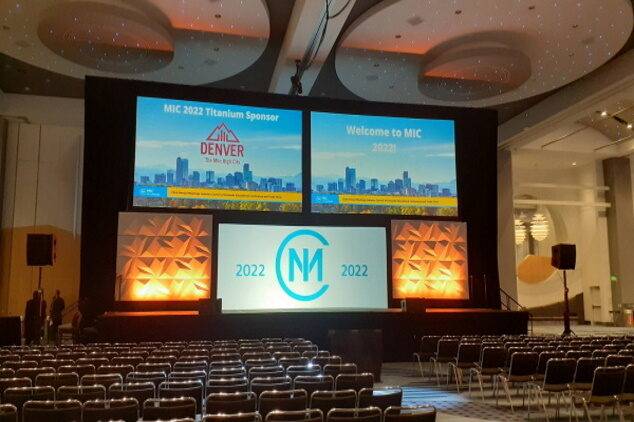Mastering the Craft of Seamless Film Mapping on Arched Monitor for Breathtaking Visual Experiences
Mastering the Craft of Seamless Film Mapping on Arched Monitor for Breathtaking Visual Experiences
Blog Article
Video projection is an exciting technology that enables visuals and videos to be projected onto surfaces, creating breathtaking visual experiences. When it comes to rounded surfaces, mastering this art can be a bit more difficult than casting onto flat surfaces. Curved areas can include various elements from the sides of buildings to art pieces and even platforms. Grasping how to effectively map videos onto these shapes is crucial for creators, designers, and event planners who want to create engaging settings that enthrall audiences.
The first phase in footage mapping on rounded areas is to understand the geometry of the surface. Rounded areas can be intricate, with varying degrees of curvature. To attain a smooth display, it is vital to create a 3D representation of the surface. This representation helps in imagining how the footage will appear when projected. Software tools are accessible that permit users to create these models and mimic the display. By precisely mapping the measurements and shapes of the surface, designers can guarantee that the video aligns perfectly without distortion.
Once the 3D model is ready, the following phase is to edit the footage material. This involves editing the video to fit the particular form and dimensions of the rounded surface. It is crucial to take into account the angles and viewpoints from which the audience will view the projection. The material should be crafted to enhance the visual encounter, making it captivating and pertinent to the concept of the occasion or installation. Using high-quality visuals and motion graphics can significantly enhance the total effect of the display.
After preparing the content, the actual projection process begins. This involves setting up the devices at the appropriate angles and spaces to guarantee that the video matches with the 3D model. Calibration is a key part of this procedure. It may necessitate modifying the luminosity, contrast, and sharpness of the devices to achieve the optimal outcomes. Additionally, using several projectors may be required to encompass larger or more complex helpful hints surfaces. This method, known as seamless projection, helps form a continuous image across the whole surface.
Finally, testing the display is essential before the conclusive show. This enables designers to make any necessary adjustments to the footage and device settings. It is also an chance to see how the viewers will experience the display from various perspectives. By confirming that the footage mapping is flawless, designers can deliver a stunning aesthetic encounter that creates a memorable impression. Perfecting footage mapping on rounded surfaces not only enhances creative output but also creates new possibilities for narrative and viewer engagement in multiple settings.